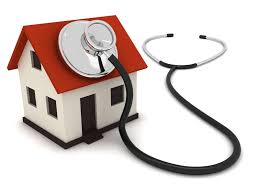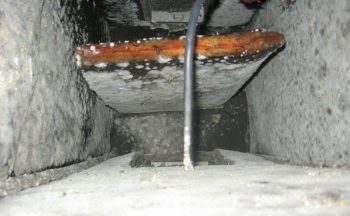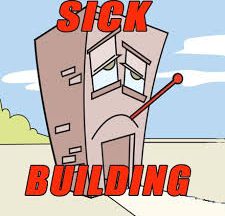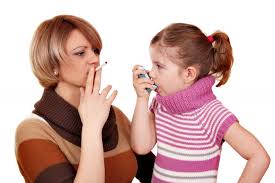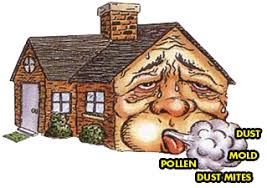 October 2020
October 2020
People complaining about bad odours, sinus congestion, dry eyes, dizziness, prolonged sneezing or coughing are indications that something may be wrong with the air in your building. The quality of your indoor air is affected by many pieces of equipment working together and this equipment being adequately maintained.
Sick Building Syndrome is a way to describe buildings where a significant number of people experience health problems. Illnesses appear related to how much time is spent in a specific building but no illness or cause can be identified.
Modern buildings are designed to be airtight to provide a stable and healthy indoor environment. Heating, ventilation and air conditioning (HVAC) systems recirculate indoor air while introducing a necessary amount of fresh air. At times these systems may not introduce sufficient fresh air to replace stale inside air.
Indoor air quality is affected by building occupants and their lifestyle preferences. People emit carbon dioxide when breathing which must be removed from the air. Daily activities cause us to perspire and create humidity. Skin and hair create dust which needs to be expelled. Perfume, paint, cleaners and cosmetics contain volatile organic compounds that cause irritation in low concentrations for individuals with sensitivities. Vacuuming can raise dust concentrations in the air. Building materials, when new, can emit gasses. Mould growth can occur from water damage. And vehicle emissions can enter a building from parking areas. A properly maintained HVAC system removes all of this from the air to keep it clean and healthy.
Most air quality problems can be addressed by eliminating offensive odours and increasing the amount of fresh air. Dealing with more persistent problems may require a professional indoor air quality assessment.
An air quality assessment begins with a walkthrough and visual inspection of an area or building. It may be expanded to include measurements of temperature, humidity, carbon dioxide, carbon monoxide, airborne mould, radon gas and volatile organic compounds (VOCs) using specialized equipment. Measurements can be compared against industry standards.
 It can be helpful to have a baseline measurement of the quality of your building’s air. When complaints arise, measurements can be compared against this “healthy” baseline to determine if complaints result from changes in air quality in the building.
It can be helpful to have a baseline measurement of the quality of your building’s air. When complaints arise, measurements can be compared against this “healthy” baseline to determine if complaints result from changes in air quality in the building.


